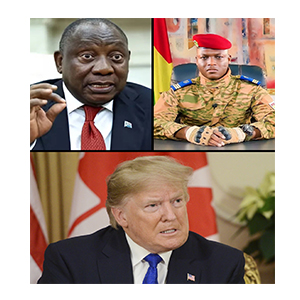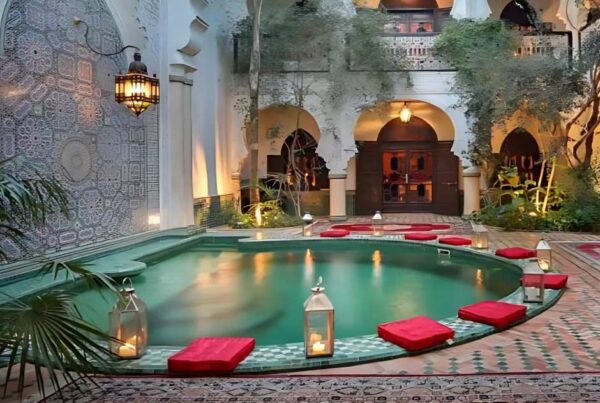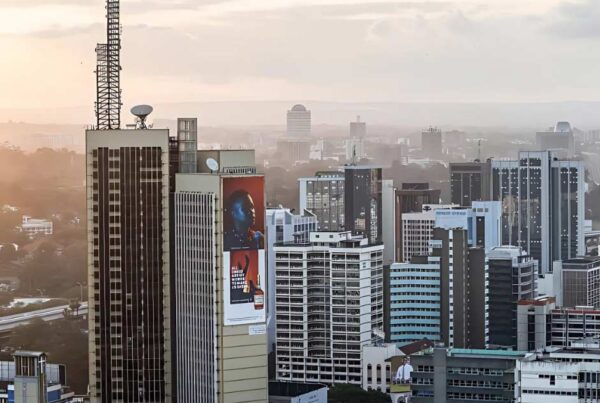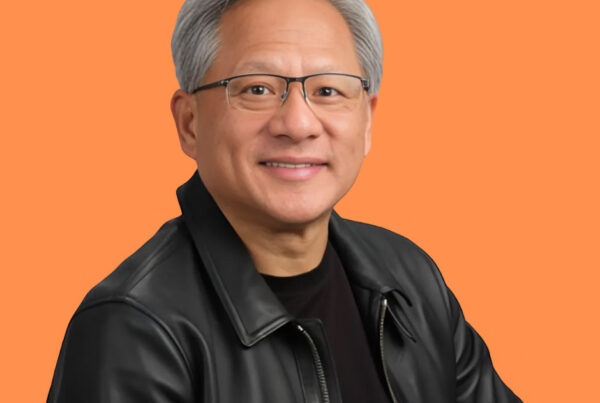In a world abundant with resources and capital, the enduring presence of poverty across nations rich in wealth or natural endowment reveals a profound contradiction. Nowhere is this more apparent than in the United States—home to the globe’s most affluent elite—and across Africa, a continent endowed with vast mineral reserves and fertile lands. Yet, both regions continue to wrestle with entrenched poverty, pointing to deeper systemic dysfunctions beyond mere scarcity.
Often mythologized as the land of endless opportunity, the United States masks stark social and economic divides beneath its prosperity. Current figures indicate that roughly 37 million Americans—about 11% of the population—live in poverty, a reality that runs counter to the nation’s global image of abundance.
Several interlinked dynamics perpetuate this disparity. Chief among them is extreme income inequality: the top 1% of earners control an outsized portion of national wealth, leaving limited space for economic mobility among the rest. Racial wealth disparities, rooted in centuries of institutional bias, remain glaring; for every $100 of wealth held by white households in 2022, Black households held a mere $15. These inequalities are further compounded by policy decisions—especially those favoring tax breaks for the wealthy and chronic underinvestment in social welfare programs—that reinforce structural poverty.
Despite its immense reserves of oil, minerals, and arable land, Africa remains home to a disproportionately high share of the global poor. This paradox is deeply embedded in a history shaped by colonialism, where extractive systems dismantled indigenous economies and installed exploitative governance models that echo into the present.
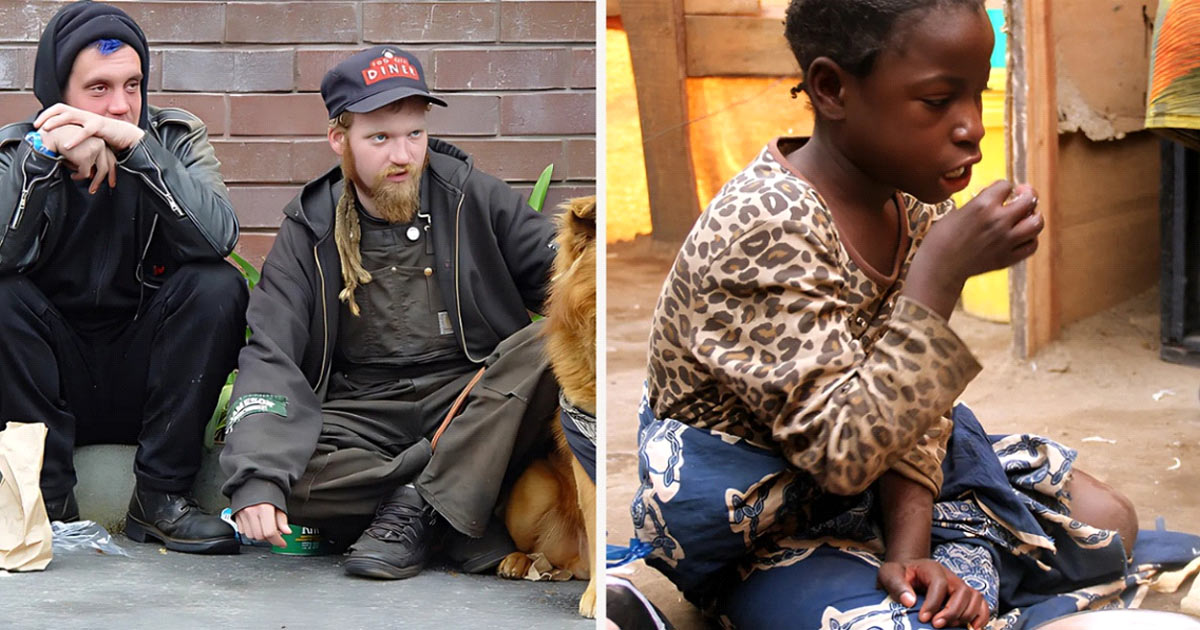
Today, governance failures—manifested in corruption, weak institutions, and lack of accountability—continue to obstruct fair distribution of wealth. Infrastructural deficits, from transportation to healthcare and education, stifle economic development and social progress. Meanwhile, recurring conflicts displace communities, disrupt livelihoods, and create fertile ground for poverty to persist.
Though contexts differ, the United States and Africa exhibit strikingly similar structural barriers that sustain poverty. In both settings, systemic inequality privileges the wealthy, marginalizing large segments of the population. Policy responses often fail to tackle root causes, focusing instead on surface-level interventions. Additionally, marginalized groups—whether due to race, ethnicity, or geographic location—frequently lack access to the tools of empowerment: quality education, decent employment, and comprehensive healthcare.
Alleviating poverty in both developed and developing regions requires a nuanced, multifaceted approach. Promoting inclusive economic policies that equitably distribute growth is essential. Strengthening institutions to foster transparency and curb corruption can enhance public trust and resource allocation. Investing in human capital—through education, health, and skills training—lays the groundwork for long-term resilience. Finally, empowering communities to participate in policy formulation ensures that interventions reflect local realities and needs.
The juxtaposition of wealth and poverty in both the United States and Africa illuminates a critical global challenge: prosperity alone cannot dismantle poverty without systemic reform. It is only through a deliberate reimagining of social, political, and economic structures that a more just and inclusive world can emerge—one in which prosperity is not the privilege of a few, but the promise of many.
(This is part one of a series by the Empathetic Journalism Team)


